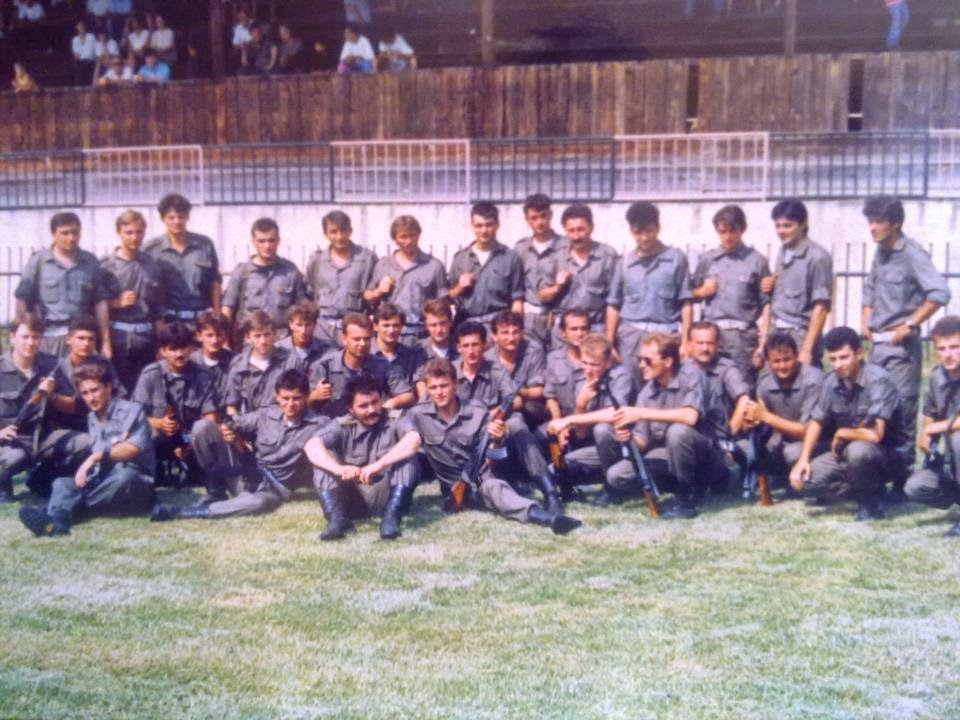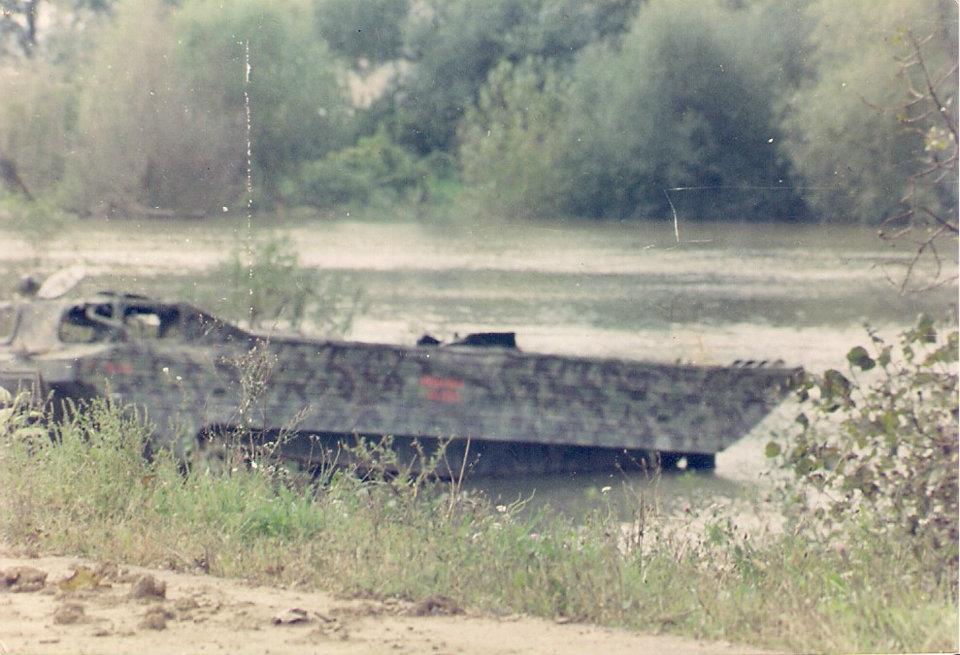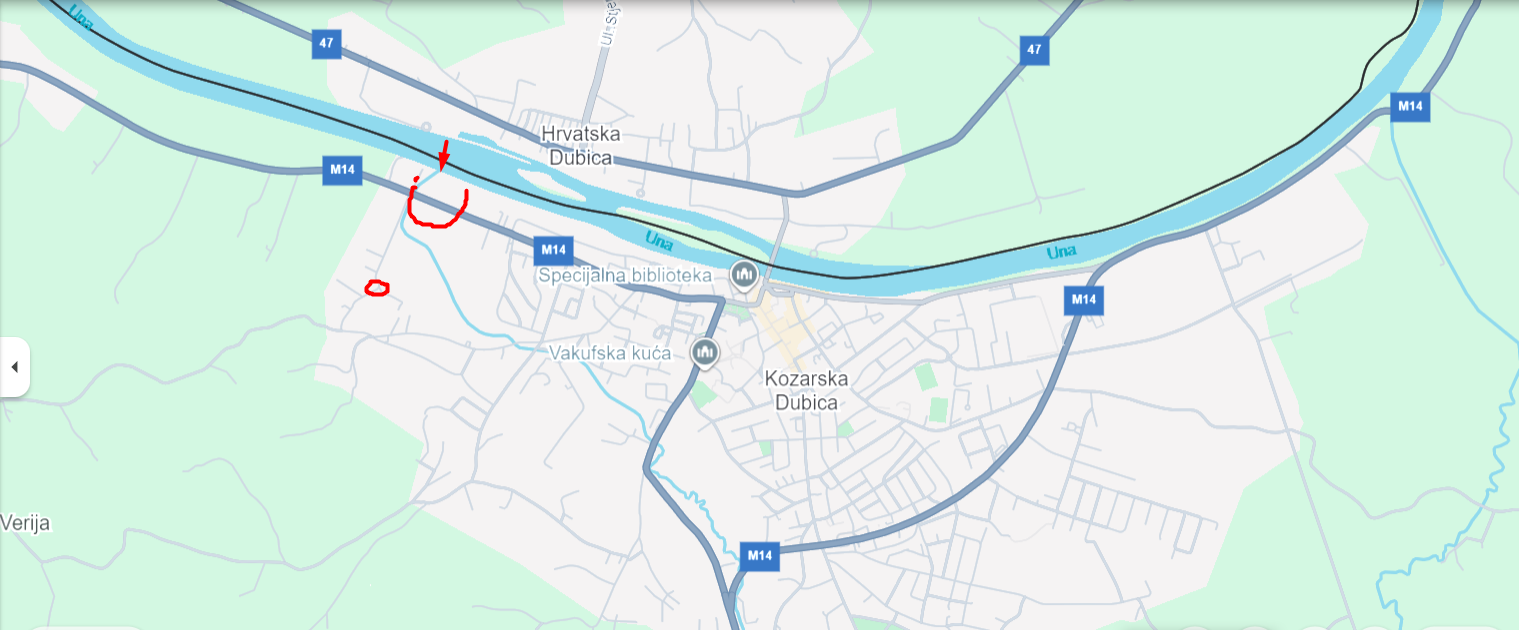The Battle for Dubica in 1995 stands as one of the final significant battles in the war that ravaged Bosnia and Herzegovina. This conflict unfolded between the regular forces of the Republic of Croatia and the Army of Republika Srpska (VRS), leaving a profound mark on the war’s conclusion. The battle’s outcome held immeasurable significance in shaping how the warring factions approached peace negotiations. The sheer intensity of the fighting attests to the determination of both sides during those crucial moments.
The Lead-up to the Battle for Dubica
In early September 1995, following the successful “Operation Storm” in Croatia and “Operation Mistral” in western Bosnia, the Croatian leadership, with strong support from the American administration, decided to continue military operations against the Army of Republika Srpska (VRS). The objective of these operations was to weaken the VRS’s military potential and create a more favorable position for the Croat-Bosniak coalition ahead of potential peace talks. American diplomat Richard Holbrooke actively lobbied for NATO airstrikes against Republika Srpska, which commenced on August 30, 1995, with “Operation Deliberate Force,” purportedly in response to the Markale market massacre in Sarajevo, for which the Serbian side was blamed.
In the lead-up to the Battle for Dubica itself, on September 13, 1995, NATO aviation destroyed the radio transmitter on Mount Kozara, located near Kozarska Dubica. This act significantly hampered communication and maneuverability for the Army of Republika Srpska units in that area. The Croatian Army (HV), based on flawed intelligence, believed that the towns in the northwest of Republika Srpska, such as Novi Grad, Kostajnica, and Kozarska Dubica, had been abandoned by the VRS. Encouraged by direct support from American diplomat Richard Holbrooke, the Croatian military leadership, headed by Franjo Tuđman, planned to force the Una and Sava rivers and quickly seize these towns, which would directly threaten the larger cities in the rear, Prijedor and Banja Luka. This operation to force the Una and Sava rivers was codenamed “Una 95.”
The Course of the Battle for Dubica
On September 18, 1995, at 10:45 AM, the Croatian Army launched a strong infantry and artillery assault on the entire territory of the Kozarska Dubica municipality. The main thrust was carried out by the 2nd Guards Brigade of the Croatian Army, also known as the “Black Mambas,” an elite unit of the HV. Following an intense artillery preparation, aimed at weakening the defensive lines of the 11th Dubica Brigade of the Army of Republika Srpska, special forces of the “Black Mambas” conducted a river crossing of the Una River at the mouth of the Binjačka creek into the Una, not far from the center of Kozarska Dubica. Their primary task was to disable the first line of VRS defense, cut off the vital communication link between Kozarska Dubica and Kostajnica, and establish a secure bridgehead for the introduction of additional Croatian Army forces that were to advance in multiple directions towards the interior of the territory.

The command of the 11th Dubica Brigade of the VRS quickly reacted to the surprise attack. Units on the ground, already under heavy artillery fire, were urgently reinforced by units of the military and civilian police from Kozarska Dubica, as well as an intervention company from the nearby village of Špilja. The first organized resistance to the Croatian forces was mounted in the area of the barracks near the “Knežopoljka” industrial zone and in the area of the school center in the immediate vicinity of the industrial zone, which became a veritable battlefield. There, members of the HV encountered members of the light anti-aircraft artillery (LPA) platoon and 120mm mortars from the 11th Dubica Brigade, who immediately engaged the attackers in fierce combat. As members of the “Black Mambas” significantly approached the positions of the LPA battery and mortars, the fighting initially involved infantry weapons, but soon, with the relocation of the mortars to better positions, they actively joined the battle, inflicting casualties on the Croatian forces.
Throughout the day, the Dubica Brigade command constantly took measures to stabilize the defense and neutralize the enemy incursion. Urgent reinforcements were requested and received from the direction of Banja Luka in the form of 200 soldiers from the “Rajko Balać” Military Training Center, as well as a tank platoon with T-55 tanks. With the arrival of these reinforcements, conditions were created to completely block the members of the elite 2nd Guards Brigade of the HV in the narrow area around “Knežopoljka” and the school center by the evening. Given that these were elite units of the Croatian Army, the Dubica Brigade command made the decision to leave a narrow corridor towards the Una River, allowing them to withdraw back across the river, in order to avoid even greater losses on the VRS side and the potential destruction of the “Knežopoljka” factory and other civilian facilities in the town. During the night of September 18/19, an additional reinforcement arrived in the form of a company of 84 soldiers from the 11th Dubica Brigade who had previously been on the Posavina front, as well as a T-55 tank from the direction of Prijedor. Croatian soldiers began withdrawing from the territory of the Kozarska Dubica municipality during the night, and by the morning of September 19, the Army of Republika Srpska had regained full control of its defensive lines on the Una River. Simultaneously, an unsuccessful attempt was made by other units of the Croatian Army to cross the Sava River near the village of Donja Gradina.

Significant support to the defense was also provided by the Republika Srpska Air Force. According to Serbian sources, after reconnaissance flights by “Jastreb” aircraft, VRS planes engaged Croatian Army positions on Dubičko brdo (Dubica Hill) and bridgeheads near Novi Grad and Kozarska Dubica, inflicting significant, and according to some researchers, decisive losses, which influenced the abrupt end of Operation Una 95.
Consequences of the Battle for Dubica
The Battle for Dubica had severe consequences for the municipality of Kozarska Dubica, both in terms of human casualties (25 VRS soldiers and 3 members of the RS Ministry of Internal Affairs were killed, as well as 14 civilians, while more than 20 civilians were wounded) and significant material damage. It is estimated that between 3,500 and 4,500 projectiles of various calibers fell on the town, destroying residential buildings, schools, a kindergarten, a sports hall, public institution buildings, and economic enterprises, including the “Knežopoljka” factory. Although the Health Center suffered significant damage, it continued to operate throughout the battle. Symbolically, on the night when shells rained down on Dubica, a healthy baby girl was born in the local maternity ward – life beginning amidst death and ruins, a powerful reminder of human resilience. The material damage was estimated at tens of millions of German marks.
Although the Croatian Army suffered a tactical defeat in the Battle for Dubica and was forced to withdraw, its previous operations “Mistral” and “Southern Move” led to a significant loss of territory for Republika Srpska in western Bosnia and created serious pressure on its military and political leadership. These territorial losses, coupled with continuous NATO airstrikes, significantly weakened the negotiating position of the Serbian side ahead of the peace talks. Nevertheless, the successful and rapid defense of Kozarska Dubica by the 11th Dubica Brigade of the VRS prevented further direct advances by the Croatian Army towards Banja Luka during that critical period.
Ultimately, although the Battle for Dubica was a significant tactical victory for the Army of Republika Srpska, the broader context of military and political developments in Bosnia and Herzegovina led to the signing of the “Ceasefire Agreement” on October 5, 1995, and shortly thereafter, the Dayton Peace Agreement in November 1995, which ended the war. The Battle for Dubica remains an important event in the history of the conflict, testifying to the ferocity of the fighting and the suffering of the local population.
Historical Challenge: Can You Conquer the Past?
Answer more than 18 questions correctly, and you will win a copy of History Chronicles Magazine Vol 1! Take our interactive history quiz now and put your knowledge to the test!

